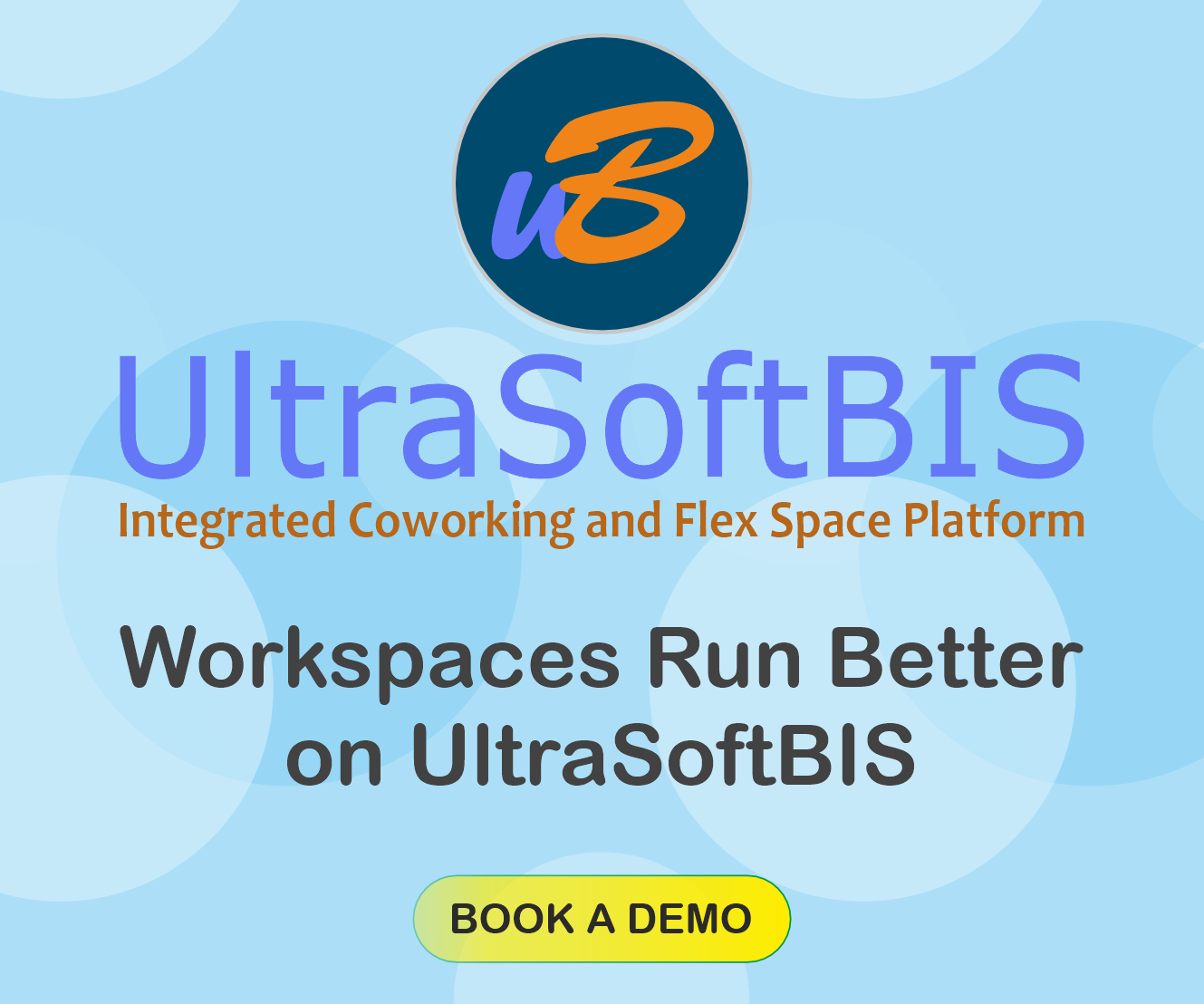Despite years of talk about hybrid models and smart workplaces, most offices still haven’t caught up with the reality of how people actually work today. In a recent episode of The Future of Work® Podcast, three leading voices — Ryan Anderson of MillerKnoll, Janet Pogue McLaurin of Gensler, and Melissa Marsh of PLASTARC — dissect what’s broken, what’s misunderstood, and what’s starting to change in the design of workspaces.
Technology Favors Isolation, So What Now?
Ryan Anderson, Vice President of Global Research and Insights at MillerKnoll, opened the conversation with a sharp observation: we’ve built a digital world that quietly encourages people to work alone.
“With technology as the primary enabler of this concept of an atomized individual… they promote, maybe inadvertently, but us doing most of the key activities we want to do by ourselves, physically removed from others. So whereas that community building and that kind of communal experience described in the past was a necessity, today it’s a design challenge,” he said.
What used to happen by default, such as organic collaboration and social interaction, now takes intention. Anderson suggests we need to start designing not just for function, but for relationships.
“People are voicing a strong need to spend more quality time together, to balance the use of technology with interpersonal experiences… they want to have quality relationships and exist within a broader community at work,” Anderson said.
What High-Performing Workplaces Actually Do Differently
Janet Pogue McLaurin, Global Director of Workplace Research at Gensler, adds a critical next layer: the best workplaces need to be strategically built for performance, not just merely attractive. And it doesn’t take a tech campus budget to get it right.
“They are better equipped to have some of those confidential conversations, to have places to relax and restore… to do deep concentration better… they also have better work experience,” she explained.
Her key point is that experience isn’t limited to what’s inside your office’s four walls. Whether it’s access to green space, a café next door, or a rooftop shared by tenants, every square foot employees touch affects how the workplace works.
“A small tenant needs to rely on what is it they’re providing, but what else is in the building that the landlord is providing? What’s across the street? What’s down the street… All of those are part of the experience,” she said.
Data Without Trust Is Just Surveillance
Melissa Marsh, Founder and CEO of PLASTARC, takes the conversation in a more provocative direction; when it comes to data, companies are collecting more than they’re giving back. That, she argues, is a problem of both ethics and design.
“If someone is getting something for the information they’re providing, then it’s going to be worthwhile. And if someone isn’t, there’s going to be a legitimate point of resistance,” Marsh said.
She urges companies to move beyond using data solely for tracking and instead focus on creating spaces people genuinely want to spend time in, drawing inspiration from environments like yoga studios or creative, personal settings outside the office.
At the heart of her argument is a call for transparency, intention, and reciprocity. Without that, even the smartest workplace tech will feel more invasive than empowering.
Simply, Offices Need More Than Furniture and Wifi
It needs to be considered whether the office can support deep work, real connection, and actual well-being — things technology alone can’t solve. From intentional relationship-building to ethical data use, the future of workspaces depends on designing for how people want to feel, not just what they need to do.


 Dr. Gleb Tsipursky – The Office Whisperer
Dr. Gleb Tsipursky – The Office Whisperer Nirit Cohen – WorkFutures
Nirit Cohen – WorkFutures Angela Howard – Culture Expert
Angela Howard – Culture Expert Drew Jones – Design & Innovation
Drew Jones – Design & Innovation Jonathan Price – CRE & Flex Expert
Jonathan Price – CRE & Flex Expert










